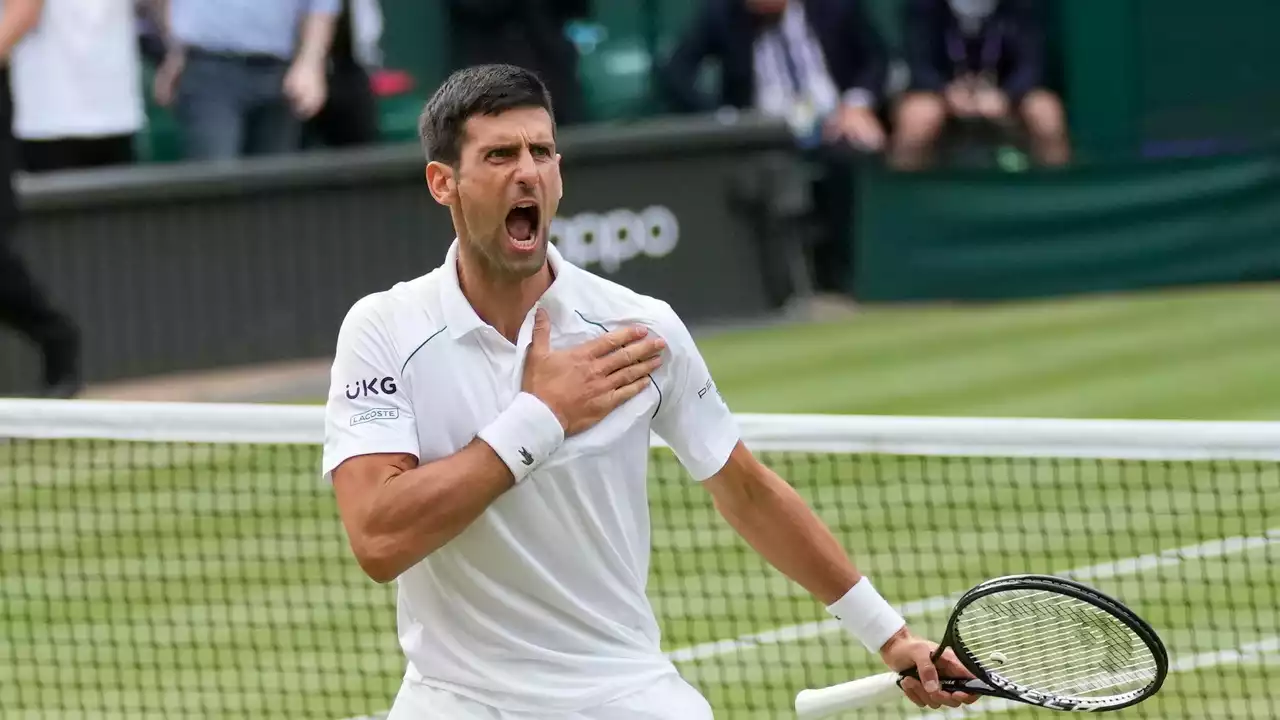Early Reputation: How First Impressions Shape Success
When talking about early reputation, the initial impression a person, brand or organization creates in the public eye. Also known as first‑impression image, it often decides whether future opportunities open or close. Alongside it, public perception, the collective opinion formed by audiences based on available information and brand image, the visual and emotional representation of a brand in the market work hand in hand. legacy, the long‑term impact left behind after a career or campaign ends is often the final chapter of that early story, while media coverage, the reporting and commentary that reach audiences through news, social platforms and broadcasts supplies the raw material for judgment. In short, early reputation influences public perception, public perception requires consistent brand messaging, and media coverage shapes early reputation.
Key Factors Shaping Early Reputation
What makes an early reputation stick? Consistency, credibility and relevance are the three pillars. Consistency means showing the same values across every touchpoint – a tennis player who always plays fair, a company that never breaks its warranty, or a public figure who sticks to the facts. Credibility comes from proven performance; for instance, the way Barry George’s historic allegations immediately shifted his early reputation from a suspect in a high‑profile murder case to a figure tangled in new legal scrutiny. Relevance ties the story to what matters now – fans care about a player’s on‑court skill, investors care about a brand’s sustainability promises. When these pillars line up, the early reputation becomes a launchpad for a strong legacy, as seen with Michael Jordan’s continued relevance decades after retirement or LeBron James’s community work extending his brand image beyond basketball.
The interaction between early reputation and media coverage is a two‑way street. Positive coverage can amplify a clean start, while negative headlines can scar a reputation before the subject even gets a chance to respond. Take the example of a holiday resort securing a £250 million funding round; early coverage highlighted growth plans, instantly boosting the brand image and shaping public perception of the company as a stable investment. Conversely, a rumor about a sports star’s health spreads fast, and without a swift, transparent response, the early reputation can collapse, hurting both legacy and future earnings. That’s why proactive communication, clear messaging, and careful monitoring of media narratives are essential tools for anyone wanting to protect or improve their early reputation.
Building a resilient early reputation isn’t a one‑off task; it’s an ongoing process that starts the moment a name appears in the public sphere. Whether you’re a teenager entering AAU basketball, a startup seeking venture capital, or a historian researching 1789 events, the steps are similar: define the core values you want associated with you, deliver on those promises consistently, and manage the story through thoughtful media engagement. By doing so, you lay the groundwork for a positive legacy that can weather inevitable setbacks. Below you’ll find a curated mix of stories, analyses and tips that show how early reputation plays out in real‑world scenarios—from courtroom dramas to sports breakthroughs and business expansions. Dive in to see how the concepts we just covered actually work in practice.
Tennis: What was Novak Djokovic's early reputation like?
Sure thing, let's dive into the early days of ace-slinger, Novak Djokovic! Back in the day, Djokovic was known as a fiery young talent, with a passion for tennis that was as infectious as a groovy disco beat. People knew him as a promising player, but boy, he had a knack for drama! He was often seen battling not just his opponents but also the huff-puff of physical challenges. But hey, no mountain high enough for our Djoker, right? His early reputation was like a spicy meatball – a little hot, a little hard to handle, but oh-so-delicious in the grand scheme of things.



